Active pets bring joy, excitement, and energy to our lives. Whether it’s daily runs, vigorous playtime, or outdoor adventures, an active lifestyle requires the right nutrition to keep your pet healthy and full of energy. But how do you know how much to feed your active pet? Striking the right balance is key to supporting their lifestyle while maintaining a healthy weight. Here’s what you need to know about feeding an active pet.
Understanding Your Pet’s Energy Needs
Active pets have higher caloric needs than their less active counterparts. The more they move, the more energy (calories) they burn, which means they need more food to maintain their weight and energy levels. However, the exact amount depends on several factors:
Type of Activity
The intensity and duration of your pet’s activity level plays a major role. A dog who enjoys long runs or agility training will need more calories than one who takes regular, but moderate, walks.
Age and Breed
Younger pets and certain breeds, especially working breeds, naturally have higher energy levels and thus require more calories. Conversely, older pets, even if still active, might need fewer calories than in their youth due to a slower metabolism.
Body Condition
It’s important to monitor your pet’s body condition score (BCS) regularly. An active pet should have a visible waist when viewed from above and a slight tuck in the abdomen when viewed from the side. Adjust feeding amounts if you notice weight gain or loss. Consult your pet’s vet to know know what the ideal weight is for your pet.
How Much to Feed Your Active Pet
Start with the Basics
Begin by following the feeding guidelines on your pet food’s packaging. These recommendations are typically based on weight and activity level, providing a good starting point. For active pets, you may need to adjust the portions upward to meet their higher energy demands.
Consider Caloric Needs
As a rule of thumb, active dogs might need up to 20-30% more calories than less active ones. If your pet is highly active, you might consider using a pet-specific caloric calculator or consulting with your vet to determine the exact amount of food needed to maintain optimal health.
Feed for Performance
Split your active pet’s daily food into two or more meals to keep their energy levels steady throughout the day. For particularly intense activity, such as a day-long hike, you might consider feeding a small meal or snack before the activity and a larger meal afterward to aid in recovery.
Quality Over Quantity
High-quality, nutrient-dense foods are essential for fueling an active pet. Look for foods rich in high-quality proteins, healthy fats, and complex carbohydrates. Open Farm offers a variety of recipes crafted with ethically sourced ingredients that provide the essential nutrients your pet needs for sustained energy and recovery.
Monitor and Adjust
Active pets’ energy levels and needs can vary from day to day. Keep an eye on their weight, energy, and overall health, and adjust portions as needed. If you notice your pet is losing weight, feeling fatigued, or lacking endurance, it might be time to increase their food intake.
Additional Tips for Active Pets
Hydration is Key
Active pets, especially those that spend a lot of time outdoors, need to stay hydrated. Always ensure your pet has access to fresh water, particularly during and after intense activities. Consider offering water with electrolytes for long durations of physical exertion.
Include Healthy Snacks
For pets involved in long-duration activities, like hiking or running, healthy snacks can provide an extra energy boost. Choose high-protein dog snacks, low-fat snacks that are easy to digest and won’t weigh your pet down.
Post-Exercise Recovery
After a long day of activity, your pet’s body will need nutrients to recover. A meal rich in protein helps repair muscle tissue, while healthy fats provide sustained energy. Consider a post-activity meal that includes a balance of both to aid in recovery.
Consult Your Vet
Regular vet check-ups are essential for active pets to ensure they’re in peak condition. Your vet can help you tailor a feeding plan based on your pet’s specific needs, taking into account their activity level, age, and overall health.
Feeding an active pet isn’t just about giving them more food—it’s about providing the right kind of nutrition to fuel their lifestyle. By understanding your pet’s unique energy needs and adjusting their diet accordingly, you can help them thrive in their active life. With the right balance of quality nutrition, proper hydration, and thoughtful feeding practices, your pet will be ready to take on any adventure. For more tips on pet nutrition and high-quality, ethically sourced pet foods, explore Open Farm’s blog or browse our product selection.




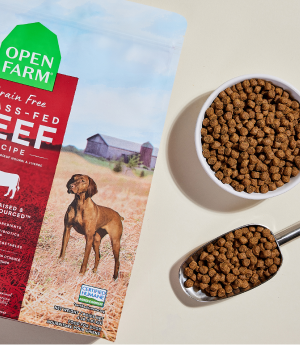
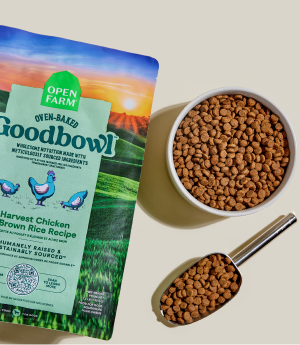
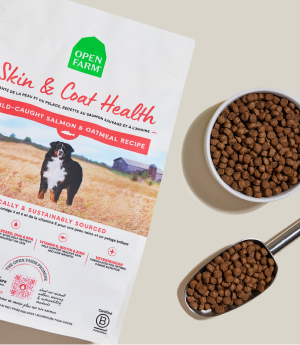
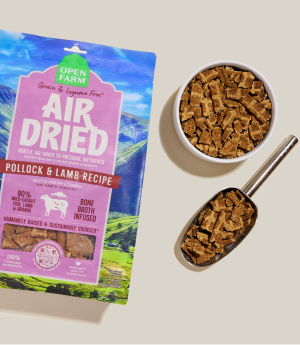
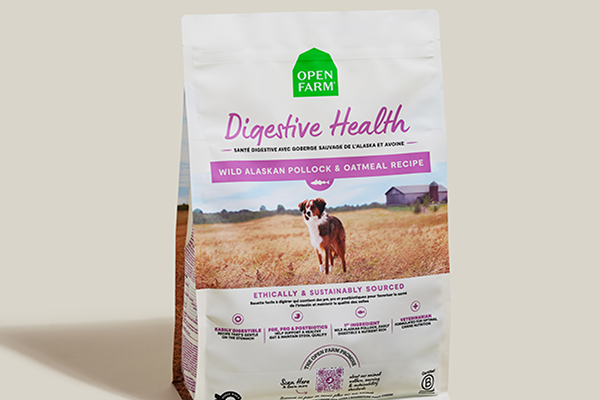


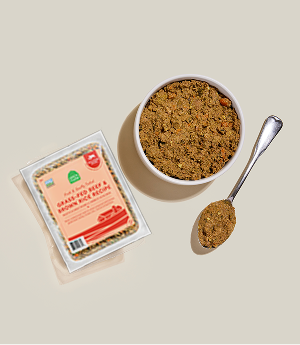

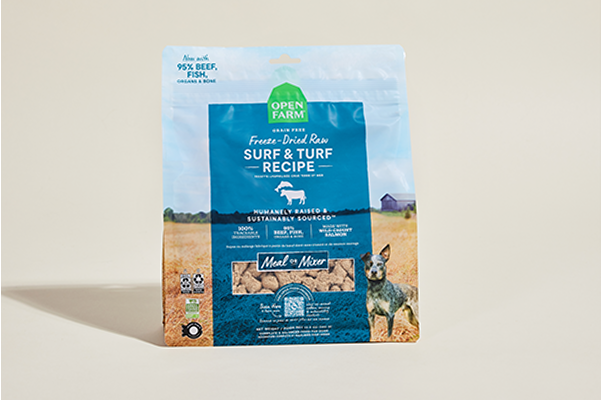
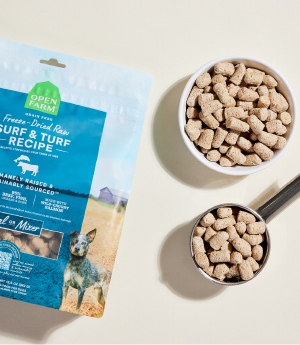
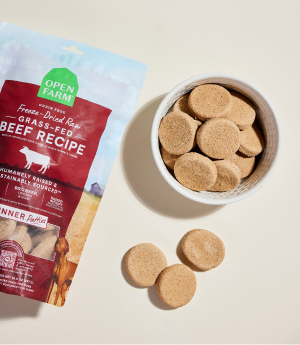
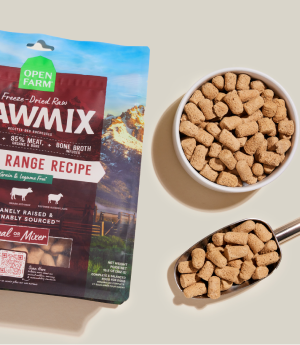
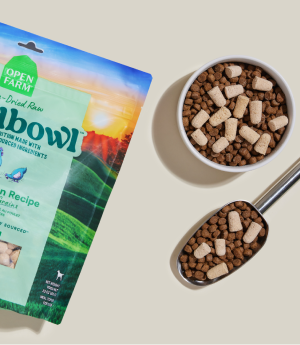
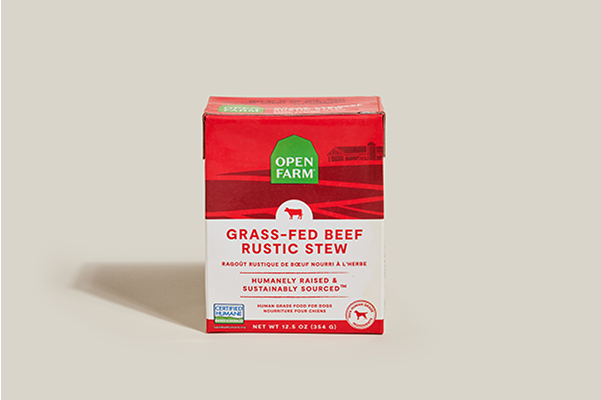
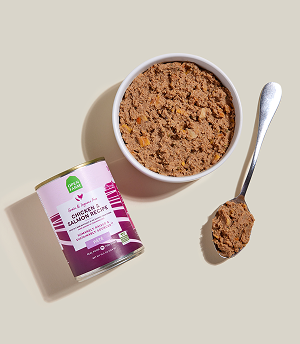
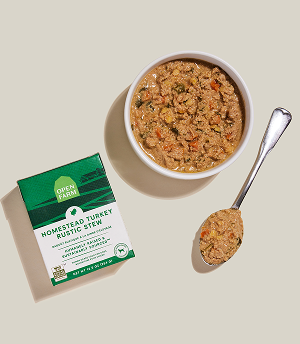
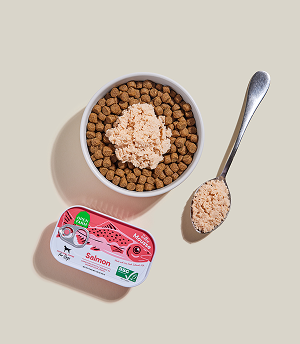
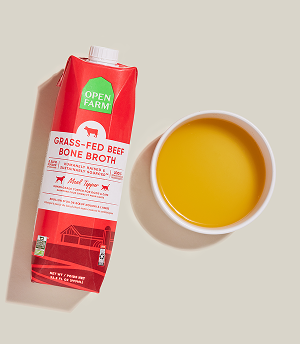

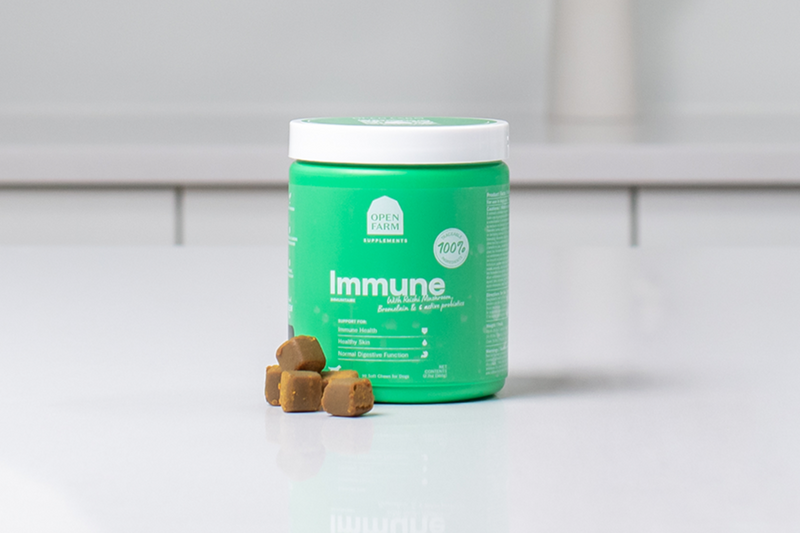
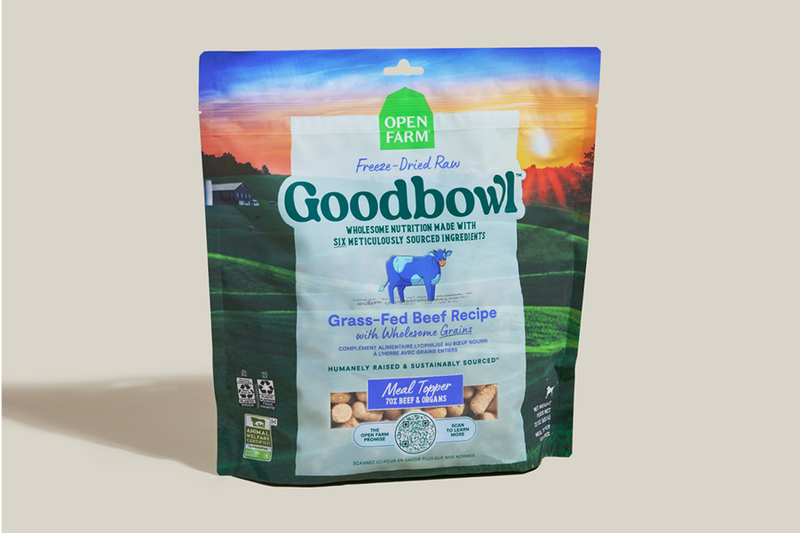


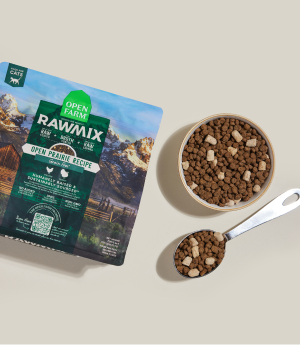
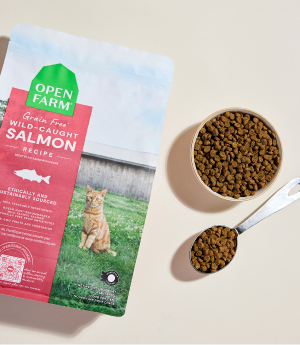
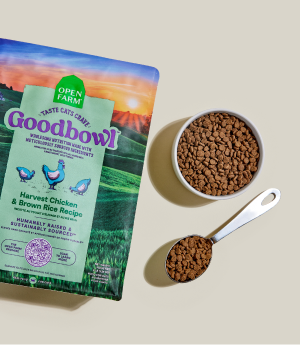
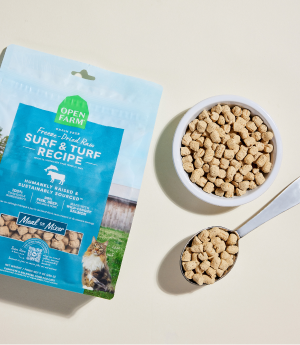

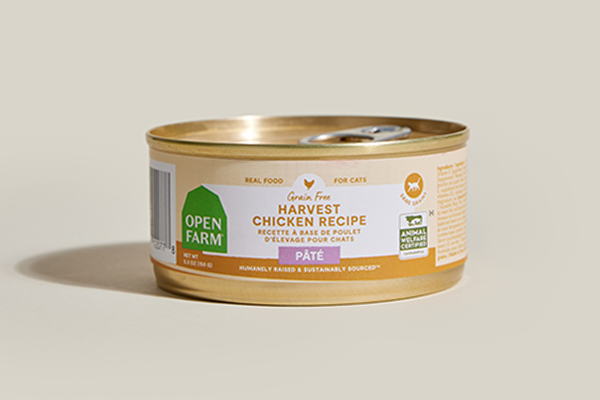
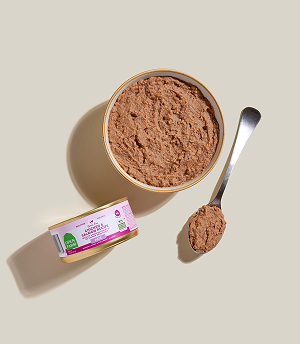
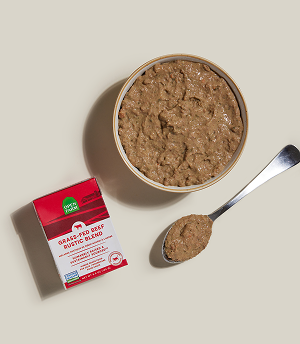
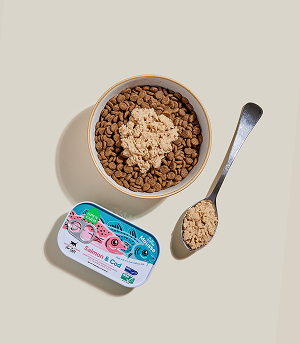

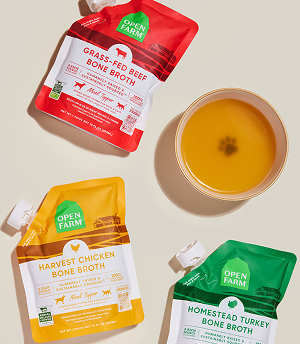
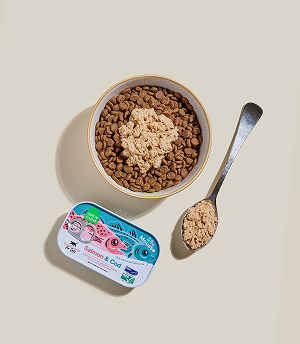
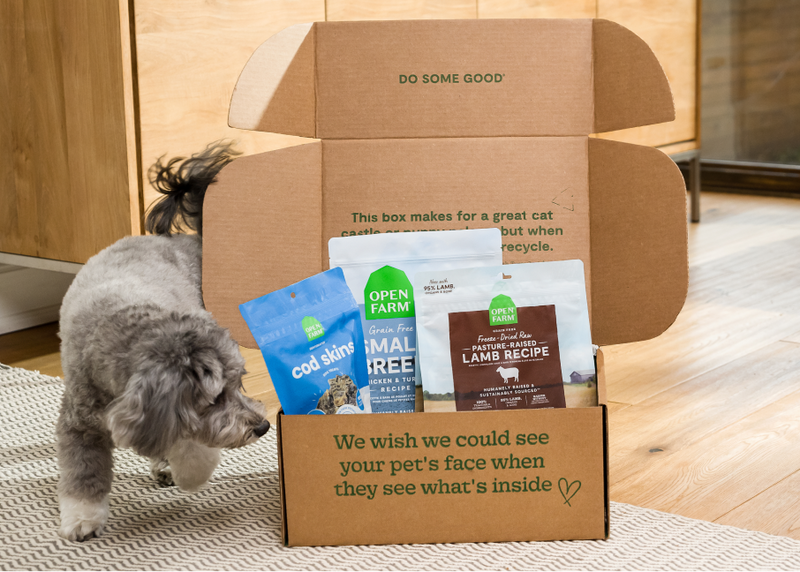
 Sign In
Sign In
 Create Account
Create Account










